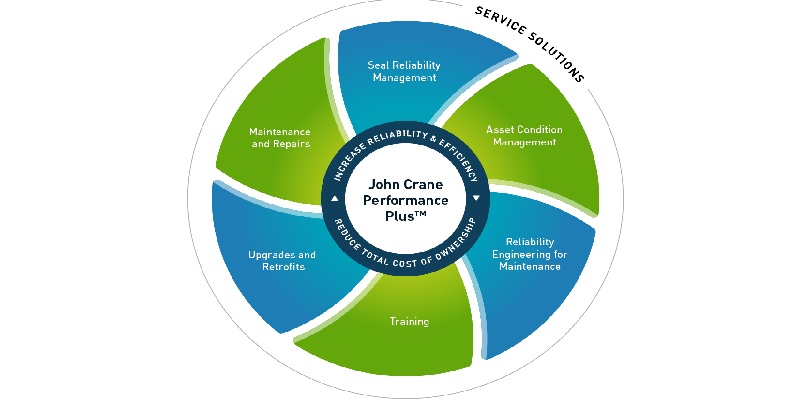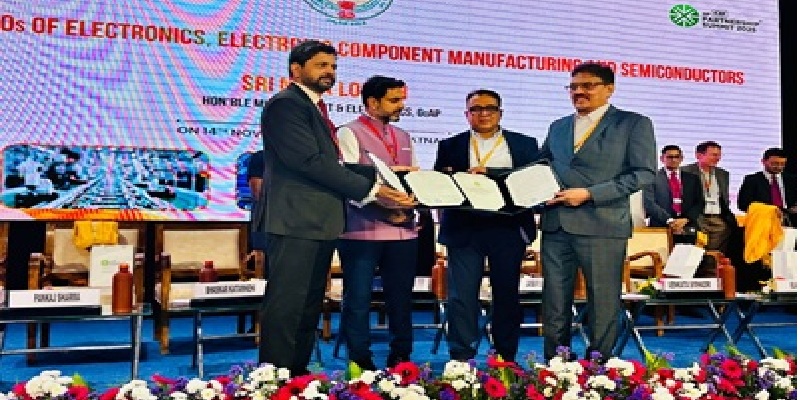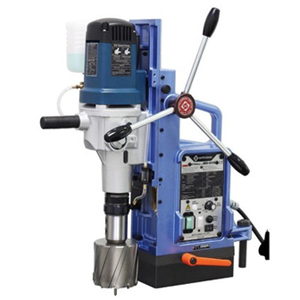Schedule a Call Back
VflowTech aims to surpass $220 mn in revenue by 2029: Dr Avishek Kumar
 Interviews
Interviews- Oct 31,25

- Technology-Neutral Tenders: Procurement frameworks should prioritise performance outcomes, such as storage duration, safety, and lifecycle cost rather than specifying particular battery chemistries. This will encourage innovation and ensure the most effective solutions are adopted for India’s needs.
- Incentives for Domestic Value Addition: Providing tax benefits or subsidies for activities like electrolyte processing, component manufacturing, and battery recycling would help build a resilient domestic supply chain and strengthen India’s independence from imports.
- Long-Term Energy Storage Targets: Establishing clear, multi-year targets for long-duration storage within renewable energy and discom procurement plans would give investors the demand visibility and confidence needed to support large-scale projects and local manufacturing.
Related Stories

India Advances Battery Recycling with Standards, Traceability and Eco-Design
India’s battery recycling sector is entering a decisive phase, driven by policy incentives, shifting chemistries, and rising demand for circular manufacturing to support the country’s clean ener..
Read more
John Crane launches Performance Plus to drive a new era of operational excellence
The framework combines data-driven monitoring, expert consultancy and hands-on training to help customers reduce downtime, boost reliability and strengthen long-term resilience.
Read more
Ester Industries Reports 7% Growth in Revenue, Focuses on Sustainability & Expansion
With growing demand for Polyester Film, IP protection for certain marquee products in Specialty Polymers segment, and focus on products promoting recycling and sustainability, we are confident to co..
Read moreRelated Products

Integrated Electric Gripper S Series
IBK Engineers Pvt Ltd offers a wide range of integrated electric gripper S series.

Geared Electric Motors
Delco Fans Pvt Ltd offers single phase capacitor run and three
phase geared Instrument motors, totally enclosed face/foot mounted.

“Kusam-Keco” Partial Discharge Acoustic Imager - Model - Km-pdai
‘Kusam-Meco’ has introduced a new “Partial Discharge Acoustic Imager Model KM-PDAI.
















